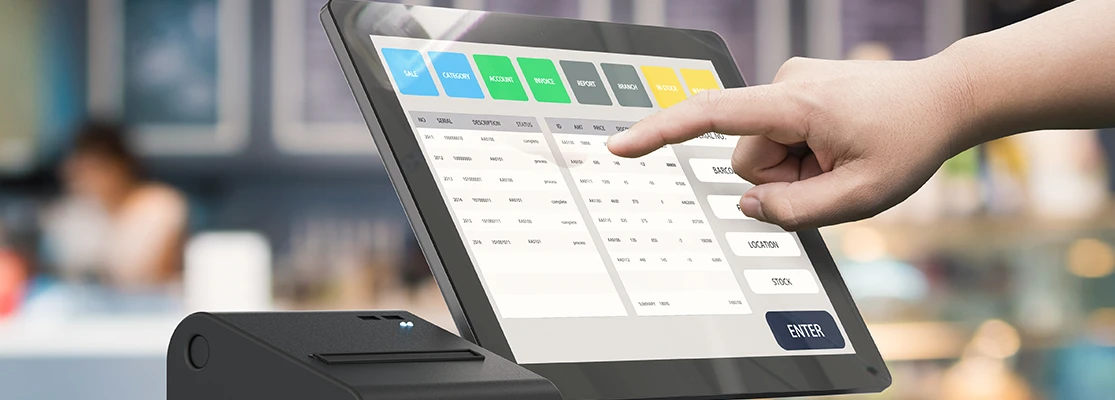Executive Summary:
This case study explores how analytics can be used to decode Quick-Service Restaurant (QSR) menu item performance. By identifying zero or slow sales items within specific categories and subcategories across stores over a defined time period, QSRs can make informed decisions about menu optimization, including adding new items or removing underperforming ones. This analysis is crucial for understanding how certain menu items affect sales and what alternatives can be considered to enhance revenue.
Introduction:
The QSR industry is highly competitive, and menu optimization is essential for driving sales and profitability. Read this case study to examine how analytics can provide valuable insights into menu item performance, helping QSRs make strategic decisions to improve their offerings and customer satisfaction.
Methodology:
- Data collection from Point of Sale (POS) systems integrated with store data.
- Analysis of sales data over a 3 to 6-month period.
- Identification of zero or slow sales items within categories and subcategories.
- Comparison of the presence or absence of specific items and their impact on sales.
Data Analysis:
- Analysis of sales trends for specific menu items.
- Identification of high-performing and underperforming items.
- Evaluation of the impact of menu item presence on overall sales.
Linga POS Integration:
The integration of Linga POS adds significant value to this analysis. Linga POS provides real-time data on sales, inventory, and customer preferences, allowing for a comprehensive analysis of menu item performance. Its reporting features enable QSRs to easily identify trends and make data-driven decisions to optimize their menus. By leveraging data from Linga POS, QSRs can improve efficiency, reduce costs, and enhance the overall customer experience.
Analyzing QSR Menu Performance with RubiCube
CIG’s team used RubiCube to analyze data from Linga POS and decode the menu item performance. This involved extracting real-time sales data of multiple stores and utilizing RubiCube’s advanced reporting features to identify trends and make data-driven decisions for menu optimization. With RubiCube, we were able to download and analyze sales data by category or monthly, apply sorting and filtering options, and utilize pivot functionalities to gain deeper insights into menu item performance.
The following are the results of a case study of a client after implementing the above.
Key Findings:
- Certain menu items positively influence sales.
- Zero or slow sales items may need to be removed or replaced.
- Strategic additions to the menu can drive sales.
Recommendations:
- Consider adding new menu items based on analysis.
- Remove or replace underperforming items.
- Regularly analyze menu item performance to stay competitive.
Implementation Plan:
- Develop a process for regularly analyzing menu item performance.
- Implement changes to the menu based on analysis.
Results and Benefits:
- Identify sales laggards and decide on promotions accordingly
- Identify top performers
- Improved sales and profitability.
- Enhanced customer satisfaction through optimized menu offerings.
Analytics play a crucial role in decoding menu item performance. By analyzing sales data and understanding the impact of specific menu items, QSRs can make informed decisions to optimize their menus and drive business growth. Integration with POS helps automate data collection process, reducing the need for manual data entry and spreadsheet management. This streamlining not only saves time and effort but also minimizes the risk of human error, ensuring more accurate and efficient menu item performance evaluation.
Contact Information:
Please contact CI Global for further inquiries or to learn more about our analytics solutions for the QSR industry.
